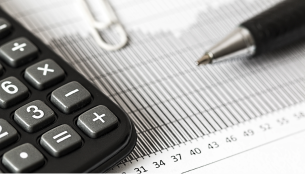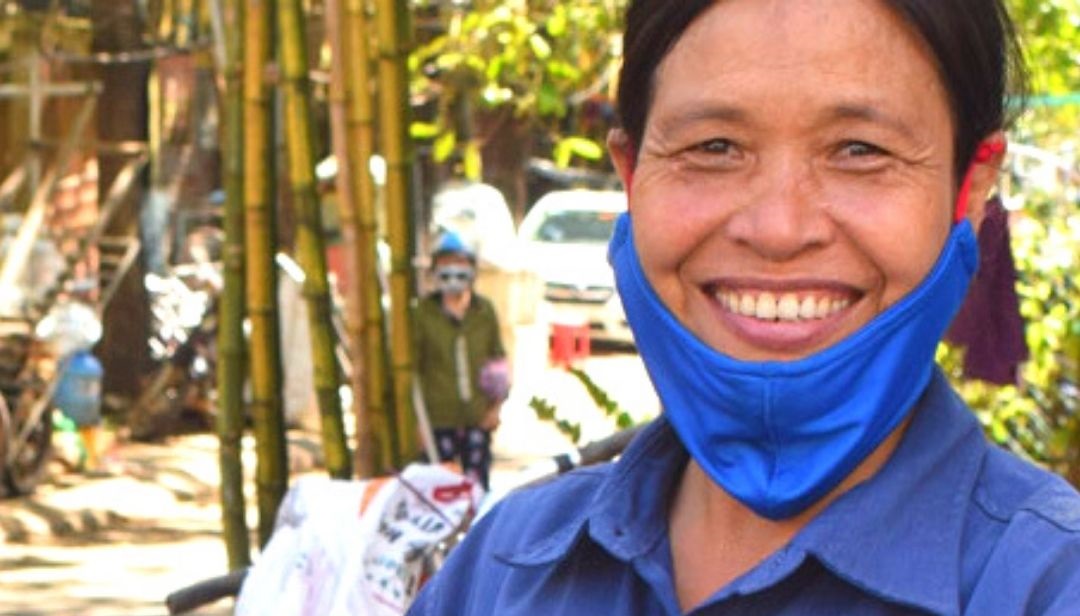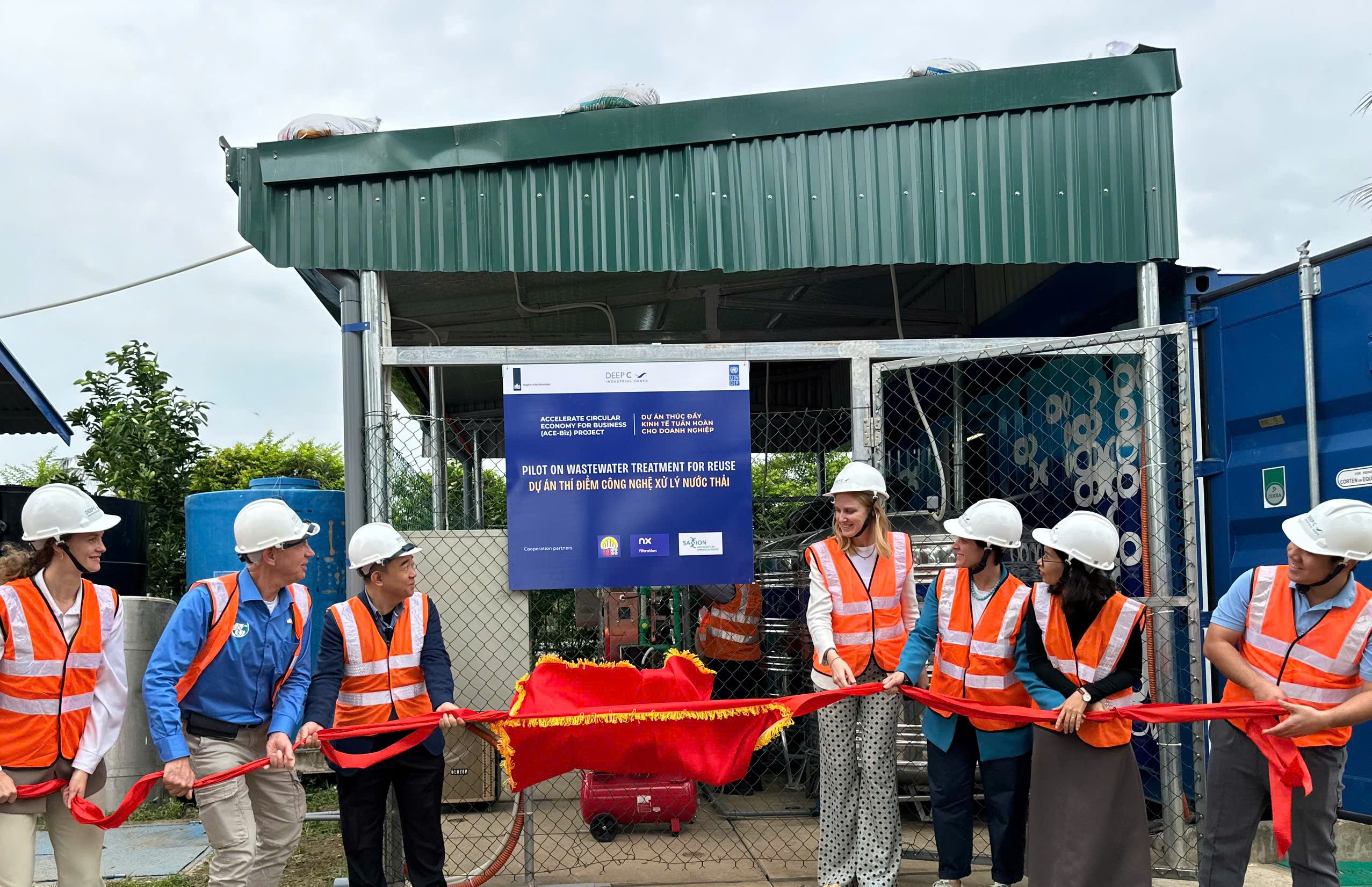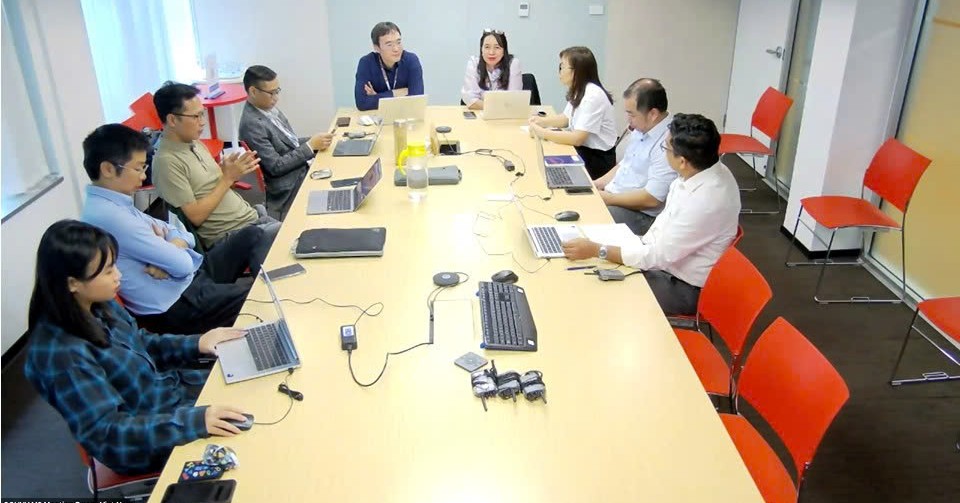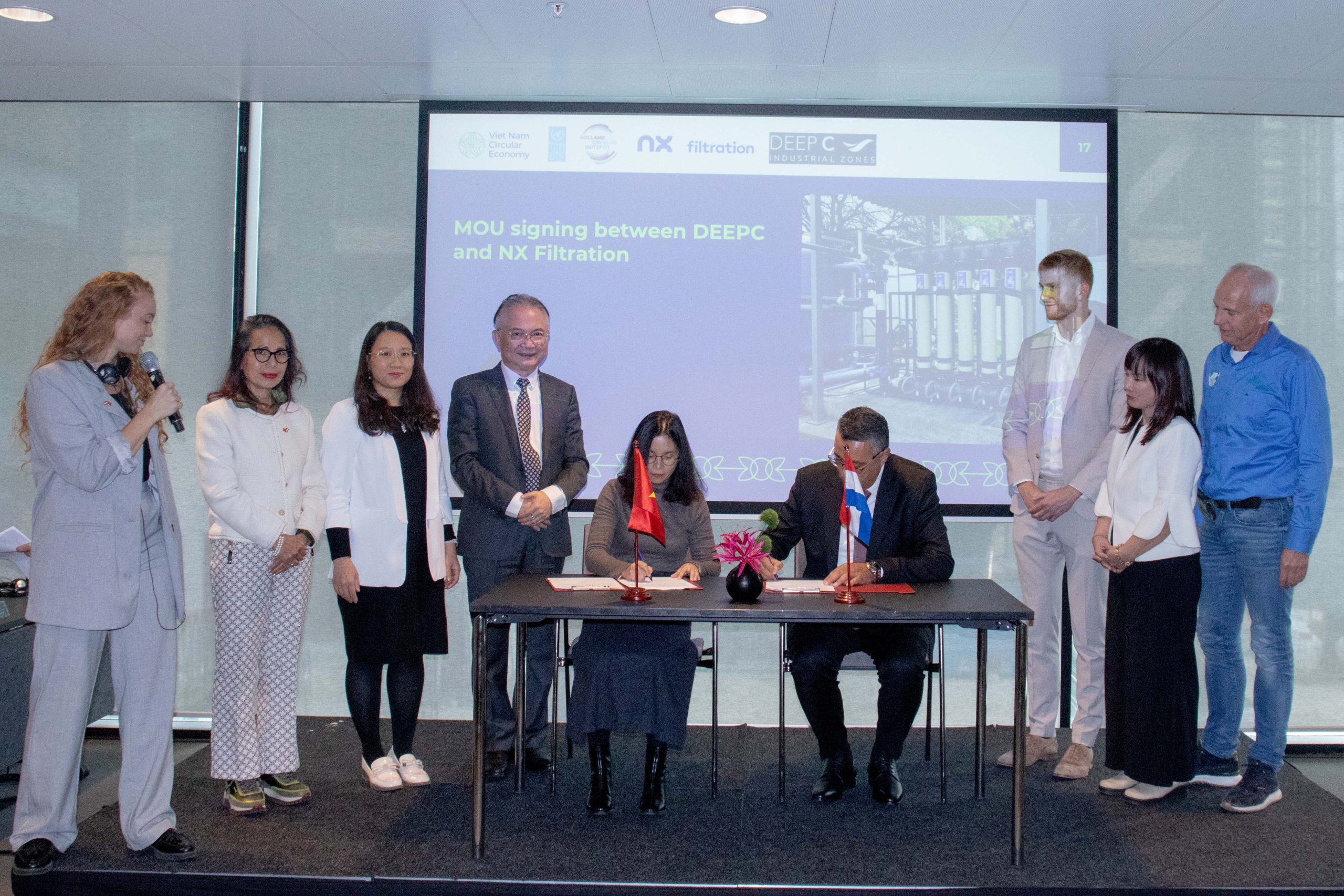
Fig 1. A circular economy aims to circulate the waste within a single enterprise or turn waste from one industry into a resource for another. According to the United Nations Industrial Development Organisation (UNIDO), a circular economy is a closed production cycle, where waste is returned as raw materials for production, thereby reducing any negative impact on the environment, ecosystems, and human health. VNA Infographic
The concept of a circular economy, which remains relatively new in Việt Nam, is rapidly gaining strength as a trend and is also seen as a key measure for the country to innovate sustainable growth paradigms and achieve net-zero emissions by 2050.
Transitioning to a circular economy presents a significant opportunity for sustainable development, aiming at not only meeting economic and social goals but also addressing climate change challenges.
However, the process faces numerous difficulties and challenges, particularly when it requires changes in mindsets, perceptions, and strategies to gradually transition the economic structure and institutionalize related policies and legal frameworks.
Inevitable Trend
According to Nguyễn Đình Thọ, Director of the Institute of Strategy and Policy on Natural Resources and Environment (ISPONRE), Việt Nam incorporated the circular economy into the 2020 environmental protection law and related guidelines, making it among the trailblazers in ASEAN.
Government Decree No. 08/2022/NĐ-CP issued on January 10, 2022, identifies three pillars representing three groups of common criteria for the circular economy, which are: (1) Reducing the exploitation and use of non-renewable resources and water resources, and leveraging the efficient use of resources and saving energy; (2) Extending the lifespan of materials, equipment, products, and components; and (3) Limiting waste and minimising adverse environmental impacts – which covers the reduction of solid waste, wastewater, and emissions; reducing the use of hazardous chemicals; recycling waste, recovering energy; reducing single-use products; and practicing green procurement.
The decree also outlines mechanisms to encourage circular economy implementation. The state prioritizes investing in circular economy development for scientific research activities, application development, technology transfer, and equipment manufacturing. It also emphasizes the development of human resources training for circular economy implementation and provides a platform for sharing information and data on a circular economy.
The Ministry of Natural Resources and Environment (MoNRE) has drafted a national action plan for the circular economy, defining the main viewpoints, and general and specific objectives from now to 2025 and 2030.
Realization of Green Growth Goals
For the conduction of the promising economic model, Minister of Natural Resources and Environment Đặng Quốc Khánh suggested the business community as well as production, business, and service facilities set up management systems and apply measures to efficiently and effectively exploit resources, cut emissions, increase recycling, and reuse waste across all stage of a project from development and design to goods production and distribution. Assisting in building the national action plan for the circular economy, the United Nations Development Programme (UNDP) has offered many initiatives and recommendations for Việt Nam. UNDP Resident Representative in the country Ramla Khalidi stated that the organization supports the plan in various aspects, combining policy planning expertise, practical experience in innovation and creativity, and coordination of participation by stakeholders.
Initiated in 2022, the Việt Nam Circular Economy Hub, a collaborative initiative between the UNDP and MoNRE, acts as a platform for interaction among government agencies, businesses, communities, development partners, and research institutes, connecting technical and financial resources to facilitate the model. The central province of Thừa Thiên-Huế has emerged as a pioneer in launching directions, policies, and step-by-step deployment of green transition and circular development. A UNDP research has proposed 14 key interventions for the locality to help reduce its emissions by 17 percent by 2030 and 38 percent by 2050 compared to the baseline scenario. This is an effort to measure the climate impact of circular economy policy implementation.
Khalidi said she believes that Việt Nam’s commitment to the economic paradigm is to address environmental protection challenges and meet climate and sustainable development goals. Such commitment is based on three main principles as defined in the 2020 environmental protection law, namely efficiently using resources, extending product life cycles, and minimizing environmental impact.
You can find the original article in English here





